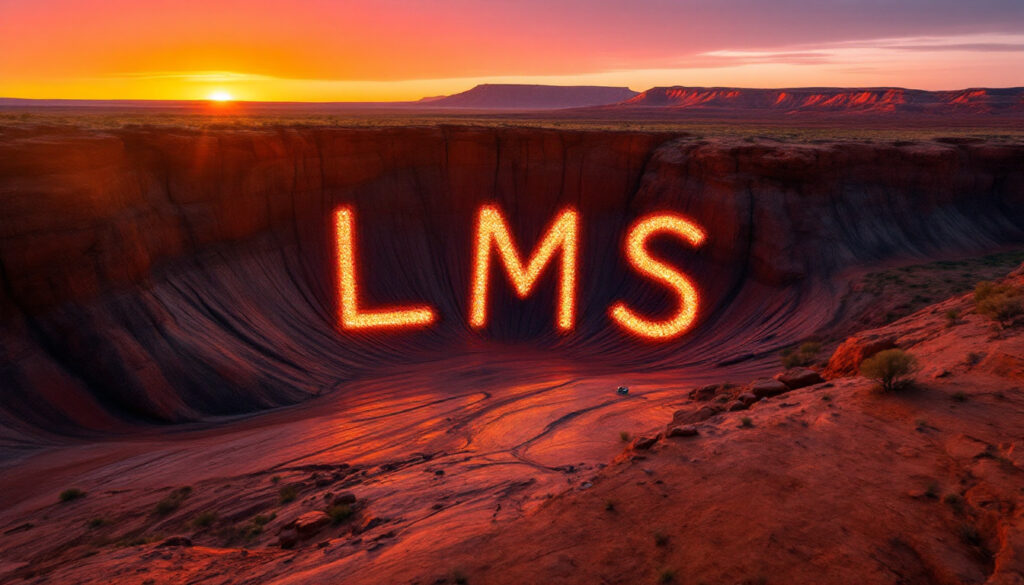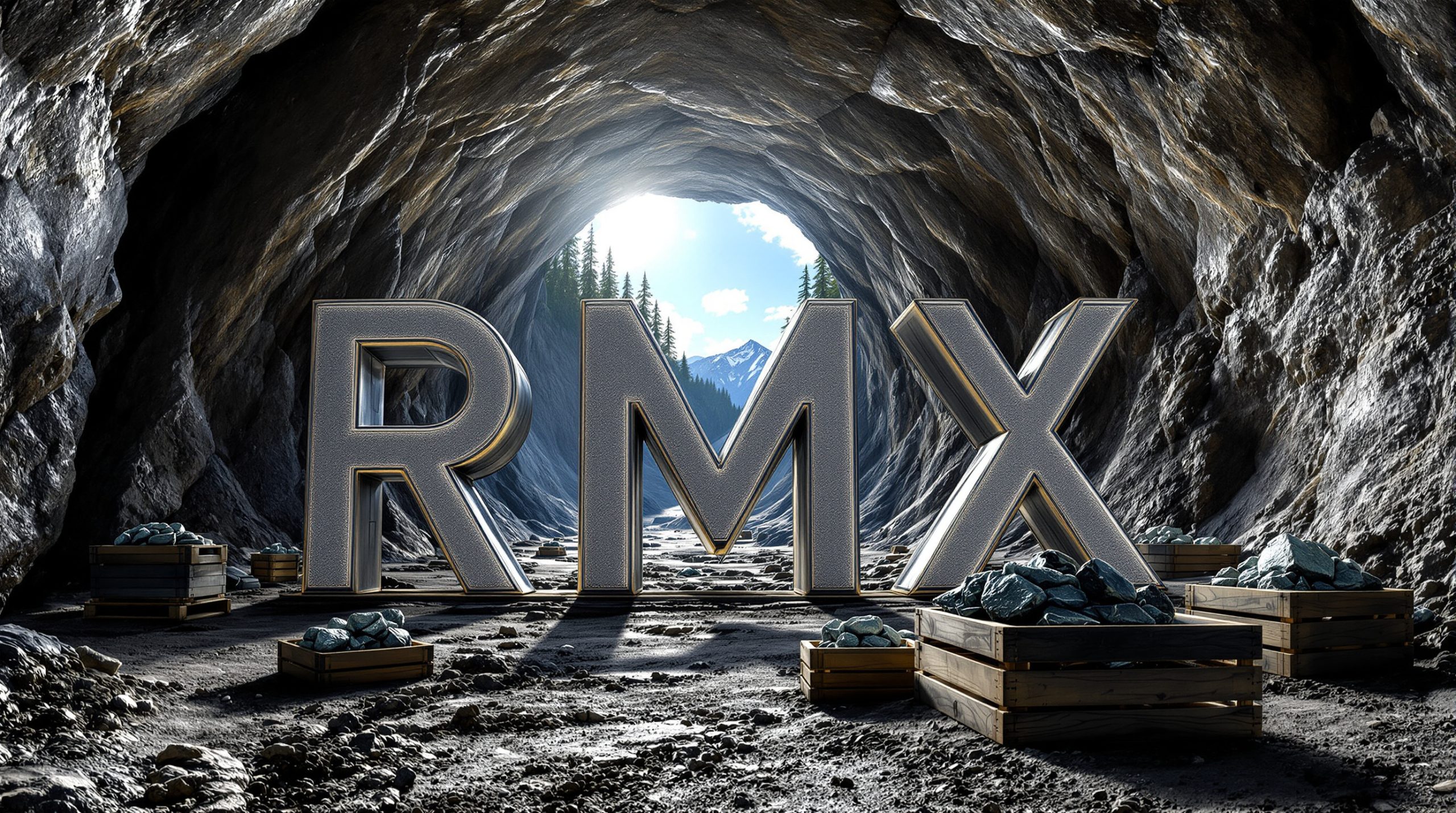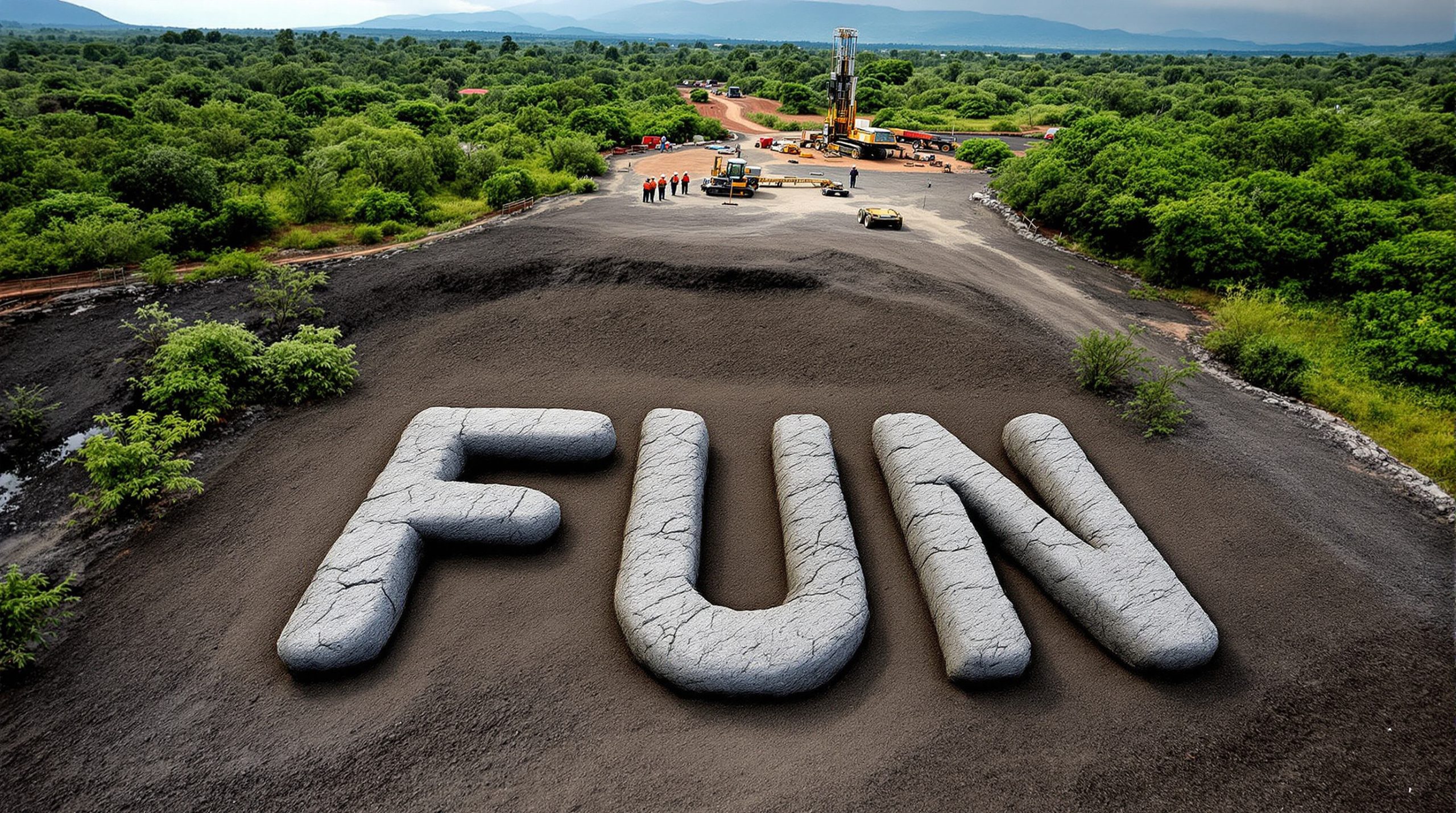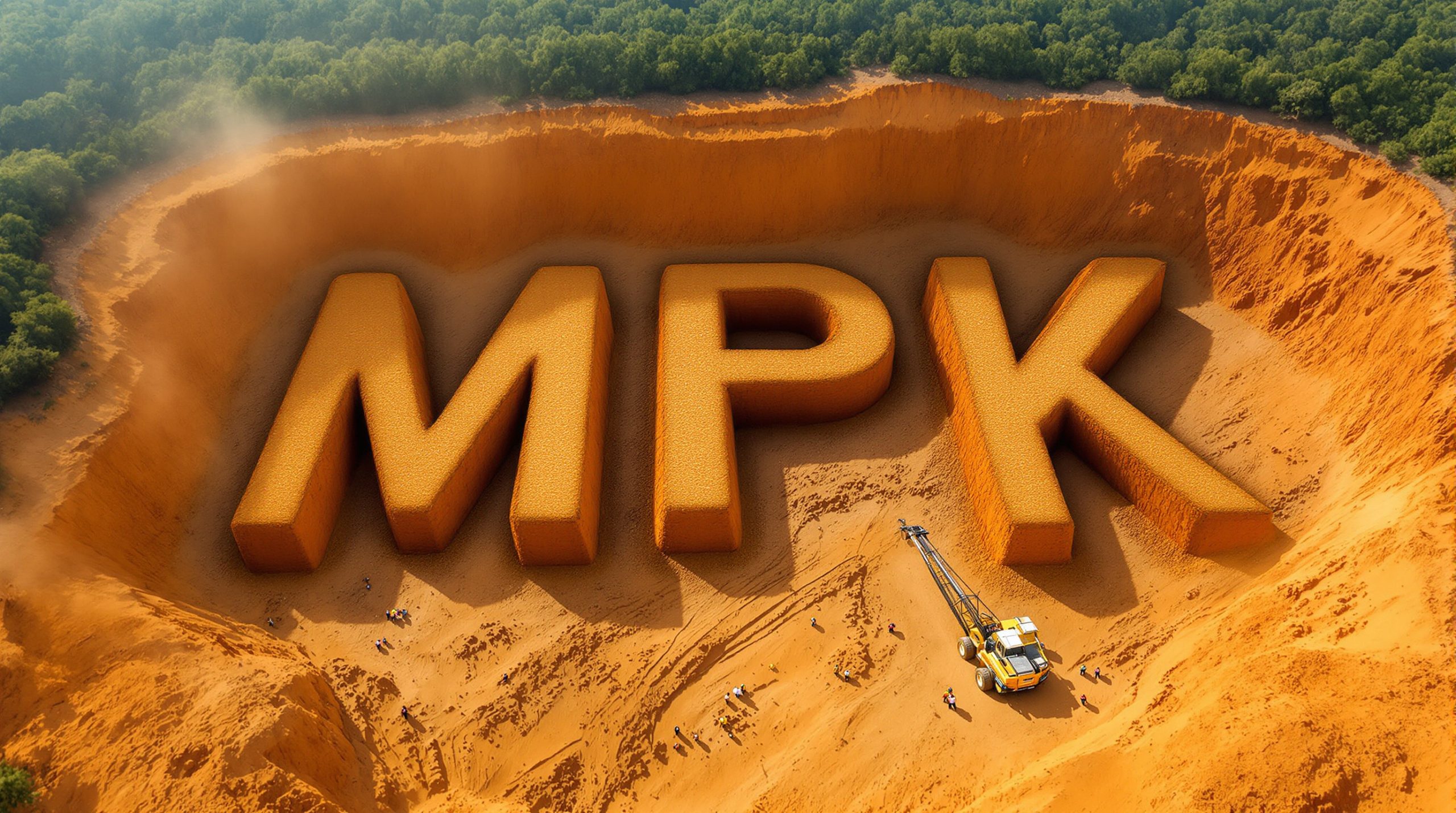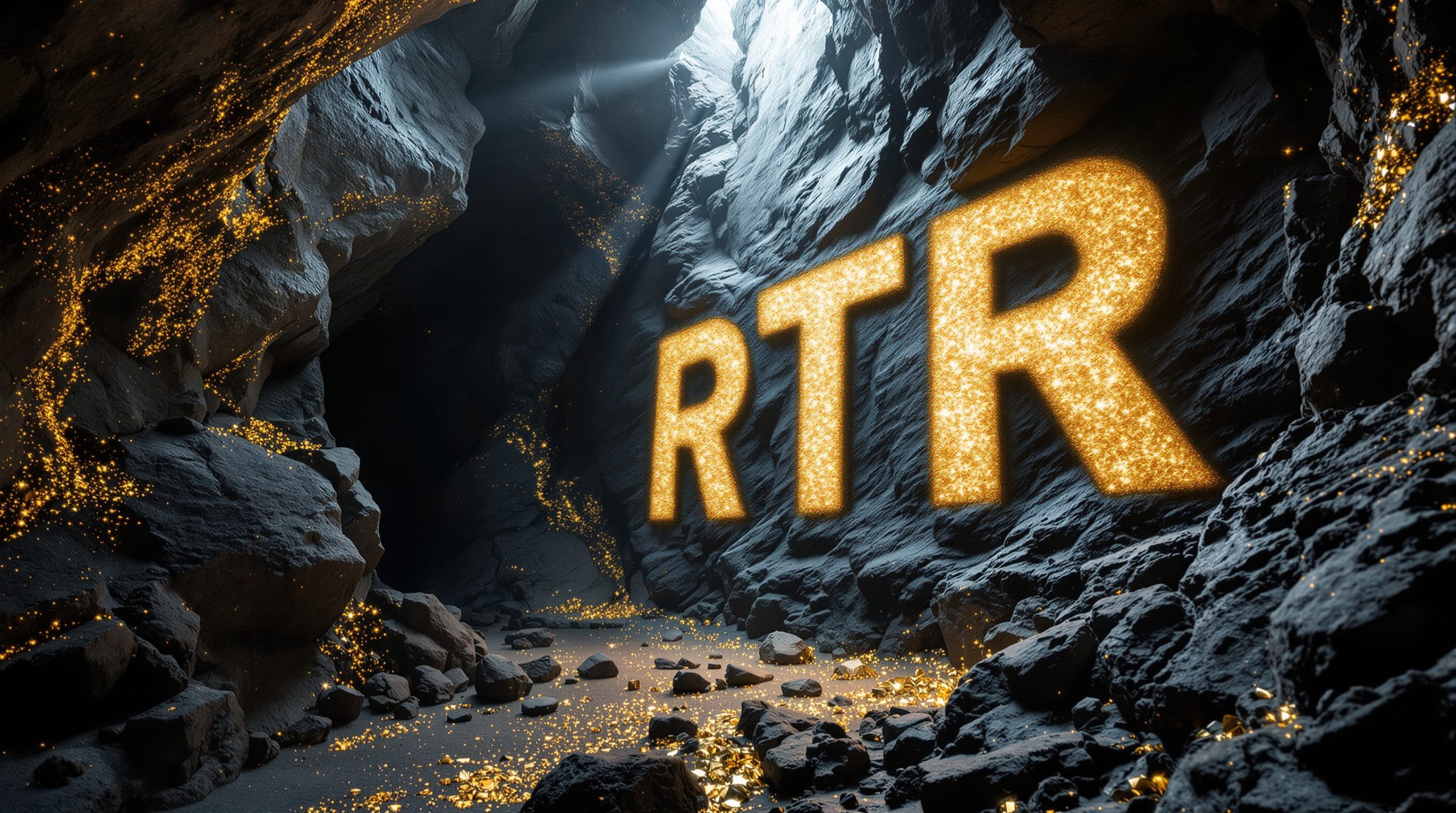Unlocking Potential: Gravity Survey Commences at Oonagalabi's High-Priority Target
Litchfield Minerals Limited (ASX: LMS) has begun a detailed ground gravity survey at Litchfield Minerals Ltd over its Oonagalabi Bomb Diggity magnetic target, a potentially significant discovery made during the company's high-resolution airborne magnetic survey conducted in December 2024. This systematic approach represents a crucial step in Litchfield's exploration strategy across the West Arunta region, with the potential to identify substantial mineral occurrences beneath the surface.
The survey features 224 gravity stations collected at 100-metre intervals along 12 survey lines, each spaced 200 metres apart with 19 stations per line. This comprehensive configuration provides exceptionally tight spatial coverage designed to effectively resolve gravity features associated with the compelling Bomb Diggity magnetic anomaly.
"In true Litchfield form, we're back in the field doing what we do best — gathering high-quality data to unlock the potential of our projects. The gravity survey over the Bomb-Diggity target represents another important step in advancing our understanding of the Oonagalabi area, which continues to show signs of being a fertile and underexplored mineral system." – Matthew Pustahya, Managing Director and CEO
Understanding Gravity Surveys: A Key Exploration Tool
Gravity surveys represent one of the most valuable tools in modern mineral exploration, particularly when searching for concealed mineral deposits. These surveys measure minute variations in gravitational attraction at the Earth's surface, which directly correlates to density variations in the underlying rocks and structures.
For investors new to resource exploration, gravity surveys are particularly valuable because:
- They can detect dense bodies beneath surface cover that other methods might miss
- They're especially effective at identifying sulphide-rich mineralisation, which is typically denser than surrounding rock
- When integrated with magnetic data, gravity creates a comprehensive 3D picture of subsurface geology
- They help differentiate between various geological features such as mafic intrusions, alteration zones, and potentially mineralised bodies
The effectiveness of this methodology lies in its ability to identify gravity anomalies that are either coincident with or offset from magnetic targets, providing critical insight into the geometry and potential fertility of buried intrusions – exactly what Litchfield is targeting at Bomb Diggity.
Strategic Significance of the Bomb Diggity Target
The Bomb Diggity target is interpreted as a possible northeast-trending intrusive body situated within a regional structural corridor. This target wasn't randomly selected – it emerged as a standout feature in Litchfield's high-resolution magnetic survey conducted in late 2024.
What makes this target particularly interesting is its potential connection to broader copper-zinc mineralisation observed in the region. The northeast-trending intrusive body could represent the source of this mineralisation, making it a prime exploration focus.
| Survey Details | Specifications |
|---|---|
| Survey Type | Ground gravity |
| Total Stations | 224 |
| Station Spacing | 100 meters |
| Line Spacing | 200 meters |
| Stations per Line | 19 |
| Target Area | Bomb Diggity magnetic anomaly |
| Expected Outcome | Resolution of gravity features associated with magnetic anomaly |
Methodical Exploration Approach Driving Future Value
Litchfield Minerals is employing a systematic and technically rigorous approach to exploration across its portfolio, with Oonagalabi remaining a high-priority focus. This methodical strategy involves:
- Initial high-resolution airborne magnetic surveys to identify anomalies
- Follow-up ground gravity surveys to further characterise promising targets
- Integration of multiple datasets to develop a comprehensive understanding of subsurface geology
- Development of precise drilling targets based on multi-layered data analysis
The results from the current gravity survey at Litchfield Minerals Ltd are expected to guide drilling decisions later in 2025, representing a critical near-term catalyst for the company. Each dataset collected brings Litchfield closer to revealing the true scale and structure of what could be a significant mineral system at Oonagalabi.
The Science Behind Gravity Surveys in Mineral Exploration
Gravity surveys operate on the principle that different rocks and minerals have different densities. Since gravity is affected by mass, and mass is a function of density and volume, variations in rock density create measurable changes in gravity at the surface—known as gravity anomalies.
In practical terms, the process involves:
- Data Collection: Using highly sensitive instruments called gravimeters to measure tiny variations in the Earth's gravitational field at precisely surveyed locations
- Data Processing: Applying corrections for factors such as elevation, latitude, and topography to isolate the gravitational effects of subsurface geology
- Interpretation: Creating gravity maps that highlight areas of higher or lower density that may indicate mineralisation or important geological structures
For copper exploration specifically, gravity surveys are particularly valuable because copper sulphide minerals like chalcopyrite are significantly denser than most surrounding rock types. When present in sufficient quantities, these minerals create gravity highs that can be detected at the surface.
By combining gravity data with magnetic data (which responds to magnetite content), explorers can create a more complete picture of subsurface geology, better identifying potential mineral-hosting structures and intrusions that might otherwise remain hidden beneath cover rocks.
Litchfield's Critical Minerals Focus in Strategic Territory
As a critical mineral explorer primarily focused on base metals and uranium in the Northern Territory, Litchfield Minerals is strategically positioned in one of Australia's most prospective yet underexplored regions. The company's exploration focus aligns with growing global demand for critical minerals essential to the energy transition and technological advancement.
Litchfield's mission centres on copper exploration – a metal essential to renewable energy infrastructure, electric vehicles, and countless other applications in the green economy. With copper demand projected to significantly outpace supply in coming decades, companies that can successfully discover and develop new copper resources stand to create substantial shareholder value.
Why Investors Should Watch Litchfield Minerals
Litchfield Minerals presents a compelling investment case for several key reasons:
-
Strategic Critical Minerals Focus: Positioned in the critical minerals space, particularly copper, which faces projected supply challenges against growing demand.
-
Systematic Exploration Approach: Employing a methodical, data-driven approach to exploration that maximises discovery probability while managing exploration risk.
-
High-Quality Technical Team: Led by professionals with relevant experience and technical expertise, evidenced by the systematic approach to target generation and evaluation.
-
Near-Term Catalysts: With survey results expected shortly and drill targeting decisions to follow later in 2025, multiple potential value-creation points lie ahead.
-
Underexplored Territory: Operating in the Northern Territory of Australia, an area with geological potential that remains underexplored relative to other Australian mining regions.
As Litchfield continues to gather and interpret data from the Oonagalabi area, investors can anticipate a steady flow of updates that could significantly enhance understanding of the project's potential. With each dataset, the company is building a more comprehensive picture of what could be a substantial mineral system with significant upside potential.
The current gravity survey represents another important step in a logical progression toward drilling the Bomb Diggity target – potentially the most critical value-creation point in the mineral exploration cycle.
The Wider Context: Copper's Role in the Energy Transition
Copper sits at the heart of the global energy transition, with demand expected to rise significantly in coming decades. The metal is essential for:
- Renewable Energy Systems: Solar panels, wind turbines, and energy storage all require significant copper inputs
- Electric Vehicles: An average electric vehicle uses approximately 83 kg of copper, nearly four times more than conventional vehicles
- Electricity Networks: Grid infrastructure expansion and modernisation requires substantial copper for transmission lines and components
This growing demand comes at a time when the discovery of new, high-quality copper deposits has become increasingly challenging. Many major miners and analysts report that the industry faces a potential supply gap in the coming decade, creating favourable market conditions for companies that can successfully develop new copper resources.
Litchfield's focus on copper exploration in Australia's Northern Territory positions the company to potentially benefit from these macro trends, assuming exploration success and subsequent development.
The Bomb Diggity target at Oonagalabi represents one of the company's efforts to identify new copper mineralisation in a region with demonstrated potential for copper-zinc deposits. The results from the current gravity survey, expected later this year, will help determine whether this target warrants drill testing—a critical next step in the company's systematic approach to exploration.
Ready to Discover Litchfield's Next Major Breakthrough?
Keen to learn more about Litchfield Minerals' strategic approach at Oonagalabi and how the Bomb Diggity target could drive significant shareholder value? Visit www.litchfieldminerals.com.au for comprehensive investor information, detailed project updates, and to stay informed as the company advances its systematic exploration programme across the Northern Territory's most promising critical minerals terrain.
